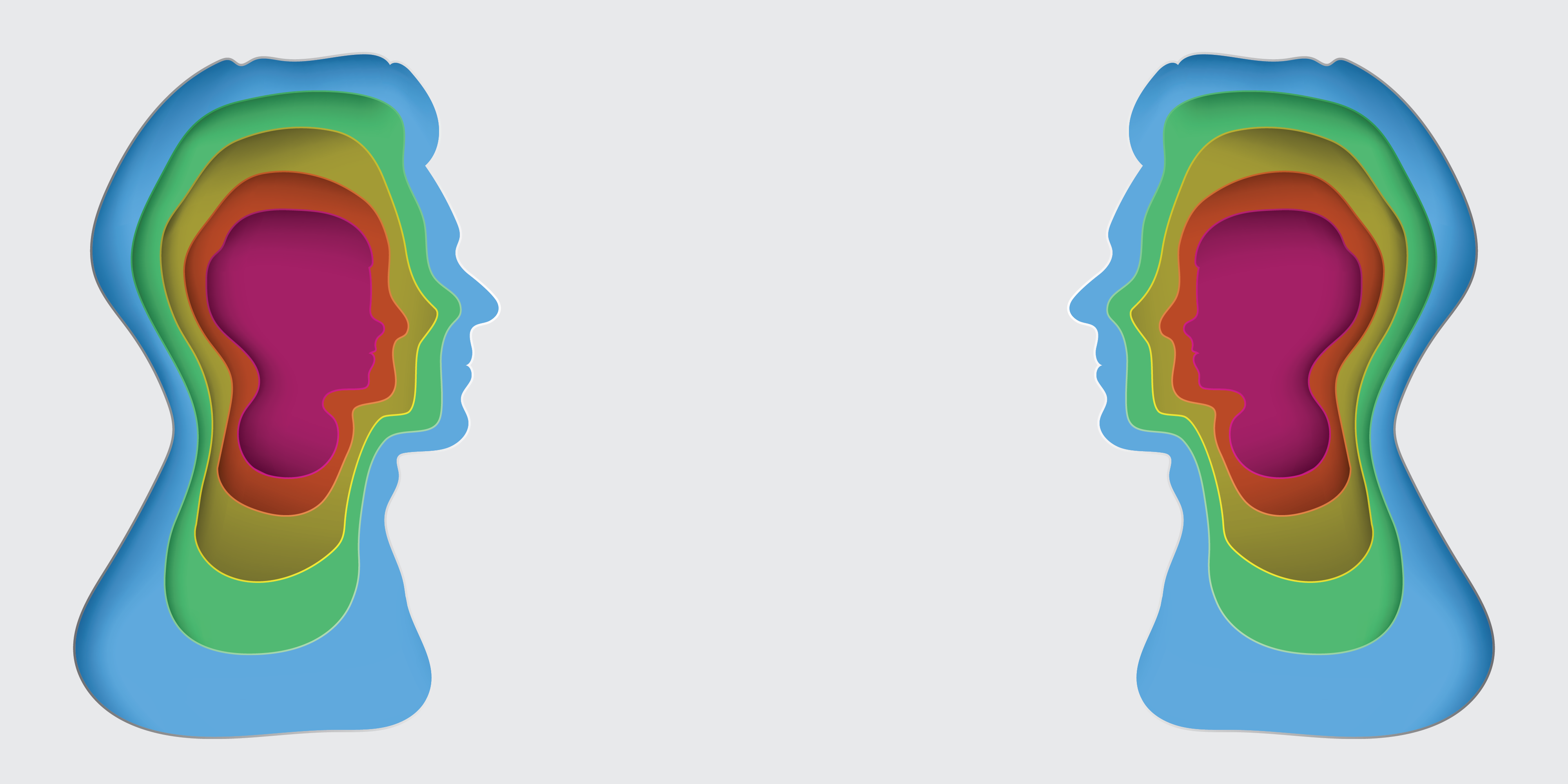Reclaim Emotional Leadership of Your Internal World
Who’s In Charge?
The Daily Practice: Create Healthy Relationships, Overcome Anxiety, Depression, and Addictions, and Heal Shame
Who’s In Charge?
- When we’re triggered in relationships, and we react with anger or distance.
- When we catastrophize and become paralyzed.
- When we feel helpless and hopeless.
- When we self-medicate with chemicals or other escapes.
- When we feel worthless or less-than.
We tend to think of ourselves as having one single, unified personality or identity. But all of us contain several internal parts – different sub-personalities that develop over time to help us cope, protect ourselves, and navigate life. And these parts sometimes create conflict, confusion, and emotional distress when we are triggered by relationships and other challenges.
Our internal parts are like voices or characters within us, each with its own perspective, feelings, and desires. These parts emerge as a result of experiences, often formed during childhood, and they develop strategies to protect us from pain or discomfort.
The diagram following illustrates a simplified model of our internal parts. This model serves as a self-help guide for understanding and working with our most important parts. The four parts are an Inner Child, Teenager, Inner Critic, and Adult.
Inner Child
Young and vulnerable. Negative childhood events and trauma, such as neglect, abandonment (emotional and/or physical), and abuse create an Injured Child. As the child develops a Survivor Child adapts to cope with these struggles. These coping mechanisms (such as avoidance, people-pleasing, perfectionism, helplessness) help the child manage distressing feelings and situations. But these learned patterns usually persist in adult life and cause problems personally and interpersonally.
Teenager
As the Survivor Child enters adolescence, biological forces (puberty and sexual maturation), and social demands result in developmental struggles. The Teenager becomes lost and angry. The Lost Teenager is confused and struggles for identity, social connection, meaning, and purpose. The Angry Teenager expresses years of emotional pain, or rebels against authority figures. The Teenager is defensive – pushing away from others to protect the vulnerable Inner Child. Or the Teenager protests perceived threats or violations by others. The Teenager carries a heavy burden of responsibility and develops extreme beliefs and feelings to defend and safeguard our most vulnerable parts.
Inner Critic
The Critic is harsh, demanding, and judgmental toward oneself and others. The Survivor Child developed this internal voice as a protection – an internal warning system. The Critic carries a heavy burden of negative feelings and beliefs to shield the Child from perceived threats by others. For example, a child who was harshly reprimanded develops an internal dialog to avoid criticism as an adult. But we take this too far when our lives are controlled by these negating messages, or when we make excessive demands on ourselves or others.
Adult
Our Adult self is loving and responsible. The Adult is rational, proactive, competent, compassionate, and caring. The Adult is loving and responsible toward others and oneself. Everyone has an Adult self, and the goal is to put the Adult in charge – to care for, nurture, and manage the other internal parts.
The Daily Practice – Working With The Parts
Use the exercises below to work with your internal parts on a daily basis. Once you have a clear picture of your Loving and Responsible Adult self, you have agency – the choice to take care of the other parts with kindness and courage. Your Inner Child, Inner Critic and Teenage self need to be heard, understood, and cared for. When you are triggered emotionally, your Adult self takes charge. The Adult asks the helpless Child – or the angry, confused Teenager, or the rigid, demanding Critic – to stand by and allow the Adult to handle things, calmly, and courageously.
The Daily Practice – Exercises
- Write Descriptions for Each Part – You might want to start with a brief meditation to help you locate each part in your body. It may help to use photos of yourself at different ages – especially childhood and adolescence. Write a full description of each part – their feelings, beliefs, and behaviors. What is their history (what did they experience at different ages). Ask each part how they get triggered today. What does each part need from you (the Adult).
- Create New Roles for Over-Burdened Parts – When you put your Adult self in charge, create new, modified roles and tasks for the Child, Teen, and Critic. For example, the formerly harsh critic may become an advisor or consultant for the Adult.
- Conversations – Have a conversation between your Adult self and the other parts. You can start this process with a meditation, but it helps to write the conversations as if you’re a screenwriter (including setting, descriptions of each part in that scene, and a full written dialog). The Adult is in charge. Have your Adult self check in with each part – ask them how they’re feeling, why they feel that way, and what they need. Tell them you are there to support and care for them. Remind them of your current age – you are the Adult now, and you will take care of them and handle each situation and every feeling with love, empathy, and safety.
- Letters – Communicate back and forth between your Adult self and the other parts by writing letters. Use the same process as indicated above.
- Journal – Keep a daily written journal with a focus on your internal parts. At the end of each day write compassionate descriptions of what each part experienced and how you put the Adult in charge.
- Inner Child Work – Your Inner Child is your most vulnerable part and the part who most needs your love, your understanding, and your protection. Visualize the Child within you. How old is he/she? Ask your Inner Child what she/he feels, and what she/he needs. Then have your Adult self-tell the child you’re there, you care, and you will always love and protect that innocent and vulnerable part of you. You can do this as a meditation, in writing, or by looking in the mirror and focusing on your eyes.
- Write letters to your Inner Child – Tell that part of you everything you wanted to hear from your parents growing up. Let your Child know that you will always take care of and love them unconditionally.
I often do this type of parts work in my therapy with both individuals and couples. For more information, please contact us today.
I am indebted to Dr. Richard Schwartz for his work in developing the Internal Family Systems model of therapy, and his efforts have informed some of my work.







